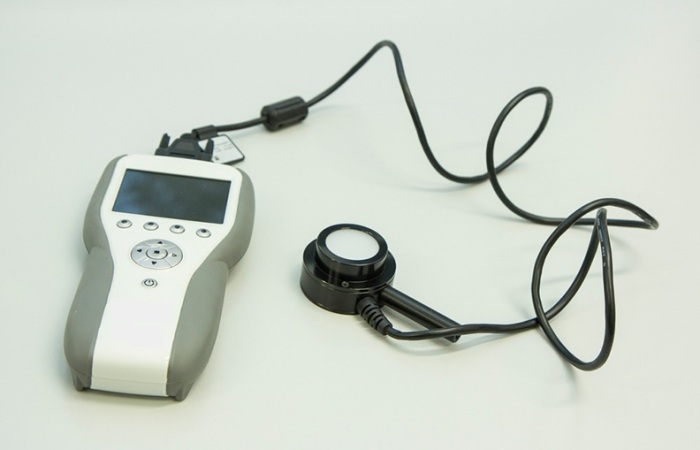
The global market for rheumatoid arthritis treatments is expected to grow at a CAGR of...
Learn More
Our consulting solutions address company specific challenges with respect to micro environment...
Learn More
Organizations frequently need day-today research guidancein order to gain strategic...
Learn More
Exploring different areas of market research and market analysis is a key factor...
Learn MoreAcute Market Reports presents the most extensive global business research services across industries. Our research studies focus on potential outcomes, benefits, and risks associated with each market segment across geographies. Having served our global clients for more than 10 years, our prime priority is to enable our clients in making well-informed business decisions through a data-driven, analytical, and uncomplicated research approach.
We provide access to the world's most comprehensive, analytical, and updated business intelligence services and solutions.




The handheld laser meter market, integral to various industries and applications, is experiencing substantial growth driven by several key factors. The handheld laser meter market is expected to grow at a CAGR of 5% during the forecast period of 2025...
Read More
The solar-powered elevator market is expected to grow at a CAGR of 6% during the forecast period of 2025 to 2033, driven by the increasing adoption of renewable energy solutions and the growing emphasis on sustainability in the construction and infra...
Read More
Customer relationship management (CRM) stands as a robust pillar supporting the endeavors of companies to build strong and lasting relationships with their customers. The CRM market forms an integral part of modern business strategies and is expected...
Read More




